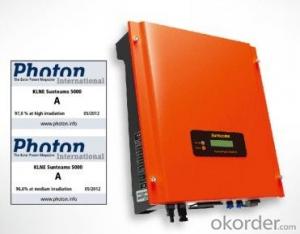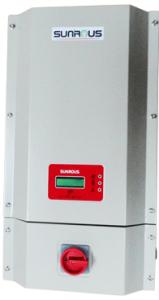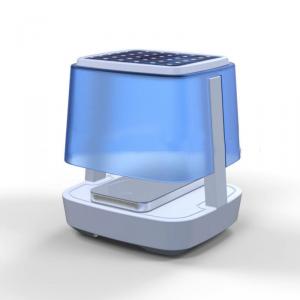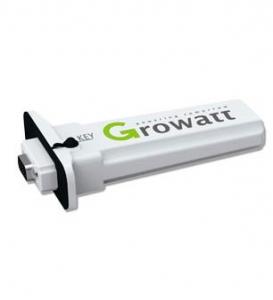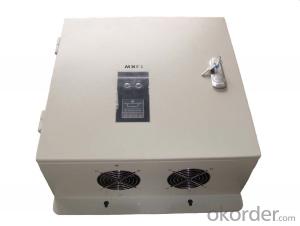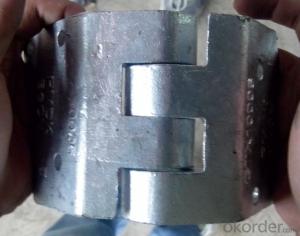Abb Solar Inverter Wifi
Abb Solar Inverter Wifi Related Searches
Wifi Solar Inverter Abb Solar Inverter Wifi Inverter Solar Solar Wifi Inverter Solar Abb Inverter Abb Solar Power Inverter Wifi For Solar Inverter Solar Inverter Wifi Module Abb Hybrid Solar Inverter Connect Solar Inverter To Wifi Abb Solar Panel Inverter Solar Inverter Wifi Connection Abb Solar Water Pump Inverter Wifi Device For Solar Inverter Wifi Module For Solar Inverter Solar Edge Inverter Wifi Abb Solar Pump Inverter Fimer Abb Solar Inverter Abb Solar Inverter App Abb Solar Inverter Fimer Abb Solar Inverter Price Abb Solar Inverter 100kw Abb 10kw Solar Inverter Abb Solar Inverter Business Abb Solar Inverter Warranty Abb Uno Solar Inverter Solar Pump Inverter Abb Abb Solar Inverter 5kw Abb 5kw Solar Inverter Wifi Dongle For Solar InverterAbb Solar Inverter Wifi Supplier & Manufacturer from China
Abb Solar Inverter Wifi is a cutting-edge product designed to optimize the performance and efficiency of solar energy systems. This innovative device allows users to monitor and control their solar inverters remotely, ensuring optimal energy output and system health. By integrating advanced Wi-Fi capabilities, the Abb Solar Inverter Wifi enables seamless communication between the inverter and various devices, providing valuable insights and data to help users make informed decisions about their solar energy systems.The Abb Solar Inverter Wifi is widely used in residential, commercial, and industrial settings where solar energy systems are installed. Its primary application is to enhance the functionality of solar inverters by providing real-time monitoring and control through a user-friendly interface. This allows users to track energy production, detect potential issues, and optimize system performance, ultimately leading to increased energy savings and a more sustainable lifestyle. The product's versatility makes it suitable for various solar energy systems, regardless of their size or complexity.
Okorder.com is a leading wholesale supplier of the Abb Solar Inverter Wifi, boasting a large inventory to cater to the diverse needs of customers worldwide. As a reputable online platform, Okorder.com offers competitive prices, fast shipping, and excellent customer service, ensuring a hassle-free purchasing experience. By partnering with Okorder.com, customers can be confident in the quality and reliability of the Abb Solar Inverter Wifi, as well as the convenience of accessing a vast selection of related products and accessories.
Hot Products




